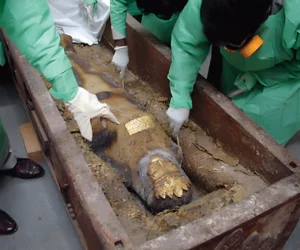Discovery Unfolds In October 2000, an alleged Persian princess mummy surfaced in Pakistani Baluchistan. This find emerged during a murder investigation. Authorities received a tip about a videotape from Ali Aqbar, claiming to sell a mummy. He directed them to Wali Mohammed Reeki’s home in Kharan. Reeki acquired the mummy from an Iranian who found…
Ancient Artifacts
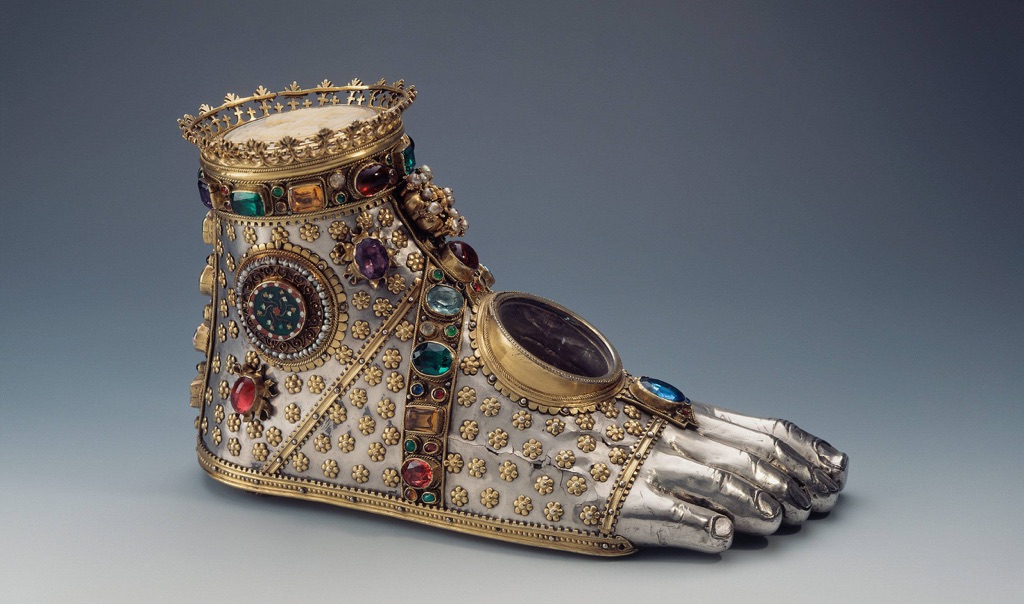
Moving to the East, ancient China artifacts like bronze vessels and oracle bones shed light on the rituals and governance of early Chinese dynasties. These artifacts highlight China’s long history of craftsmanship and written language. Similarly, ancient Egyptian artifacts are world-renowned, particularly for their funerary art, such as the treasures from King Tutankhamun’s tomb. These pieces reflect the Egyptians’ beliefs about death and the afterlife. Artifacts are not just old objects to be displayed in museums; they are keys to unlocking the secrets of human development across the ages. They preserve the ideas and values of people who lived thousands of years before us. Through careful study, they teach us about our collective history and heritage.
Among the most famous ancient artifacts in the world is the Rosetta Stone. Discovered in 1799, this granodiorite stele was the key to understanding Egyptian hieroglyphs—a script made of small pictures that was used originally in ancient Egypt for religious texts. The Rosetta Stone is inscribed with a decree issued at Memphis in 196 BC on behalf of King Ptolemy V. The decree appears in three scripts: the upper text is Ancient Egyptian hieroglyphs, the middle portion Demotic script, and the lower Ancient Greek. Because it presents essentially the same text in all three scripts, it provided the crucial link for scholars to decipher Egyptian hieroglyphs, thereby opening a window into ancient Egyptian history.
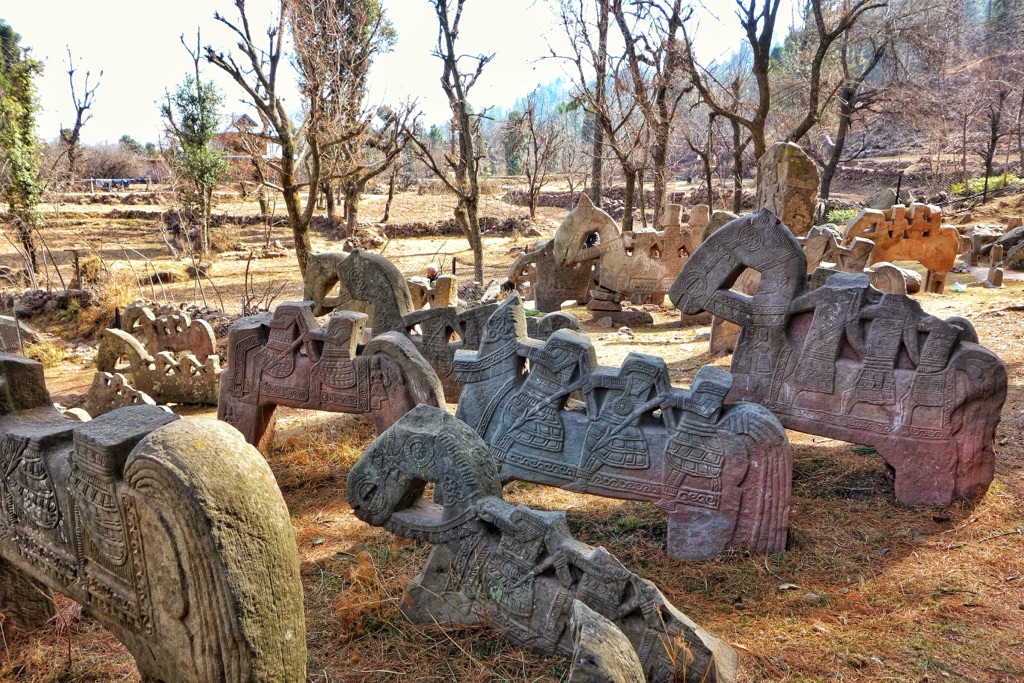
The title of the oldest artifact on earth goes to the stone tools found in Lomekwi 3, Kenya, which date back to 3.3 million years ago. These tools predate the earliest known humans and suggest that tool-making was a part of our pre-human ancestors’ way of life. These ancient tools mark a significant milestone in human evolutionary history, indicating the beginnings of technology and innovation. They are not just simple objects; they represent the dawn of human ingenuity and the very first steps towards the complex societies we have today.
An ancient artifact can be defined as any item made or used by humans in ancient times that has cultural, historical, or archaeological significance. These artifacts can range from monumental structures like the pyramids of Egypt to small, everyday objects like Roman coins. They can include items as diverse as weapons, clothing, and artwork. Each artifact, no matter its size or apparent significance, offers a glimpse into the lives of those who came before us, providing evidence of past behaviors, beliefs, and social structures.
Famous ancient artifacts not only include monumental finds like the Rosetta Stone or the treasures of Tutankhamun’s tomb but also the Terracotta Army of China, the Dead Sea Scrolls, and the Venus of Willendorf. The Terracotta Army, buried with the first Emperor of China, Qin Shi Huang, consists of thousands of life-sized figures meant to protect the emperor in the afterlife. The Dead Sea Scrolls, discovered in a series of caves near the Dead Sea, are ancient Jewish texts that offer invaluable insight into the history of Judaism and the early text of the Bible. The Venus of Willendorf, a small Paleolithic figurine discovered in Austria, dates back to about 28,000 BCE and is thought to represent fertility. Each of these artifacts, in its own way, has reshaped our understanding of human history, offering evidence of the complexity, diversity, and ingenuity of ancient civilizations.
List of Discovered Ancient Artifacts
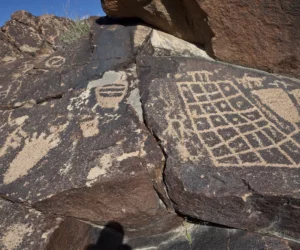
Sloan Canyon National Conservation Area
Overview of Sloan Canyon NCA Sloan Canyon National Conservation Area (NCA) is a significant protected area managed by the United States Bureau of Land Management (BLM). Located south of Henderson, Nevada, it covers 48,438 acres. Not just a natural reserve, Sloan Canyon also boasts historical significance with the Sloan Petroglyph Site, listed on the National…
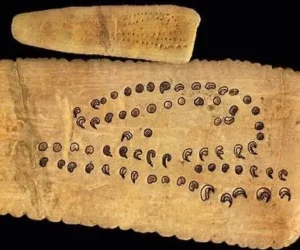
32,000 year old Aurignacian lunar calendar
The Earliest Known Lunar Calendar Discovery at Lascaux Caves Archaeologists discovered the earliest known lunar calendar in the caves at Lascaux, southwest France. This calendar dates back to around 15,000 BC. Various series of spots represent half of the moon’s near-monthly cycle. A large empty square follows these spots, possibly indicating a clear sky. Understanding…
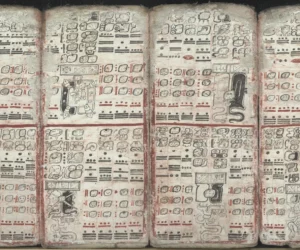
The Dresden Codex
Introduction to the Dresden Codex The Dresden Codex is a significant Maya book, once considered the oldest surviving book from the Americas, dating back to the 11th or 12th century AD. However, in September 2018, it was established that the Maya Codex of Mexico, formerly known as the Grolier Codex, predates it by about a…
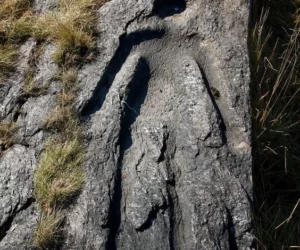
The Man Who Fell from Heaven Petroglyph
Unique Petroglyph at Robertson Point Located at Robertson Point on the Metlakatla First Nation Reserve near Prince Rupert, British Columbia, there exists a cast of a distinctive petroglyph, known as “The Man Who Fell from Heaven.” Unlike most petroglyphs, this rock carving comes with a fascinating narrative. Archaeologists recorded the story in 1936 at the…
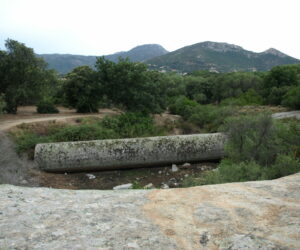
Monolithe de Corbara
Overview of the Monolithe de Corbara The Monolithe de Corbara, also known as Monolitu d’Algaghjola, stands as a significant geological and historical artifact. This monolith, carved from a unique type of quartz syeno-monzonite, measures 17 meters in length and 3 meters in diameter. Remarkably, it weighs about 272 tons and features 32 faces. Geologists and…

